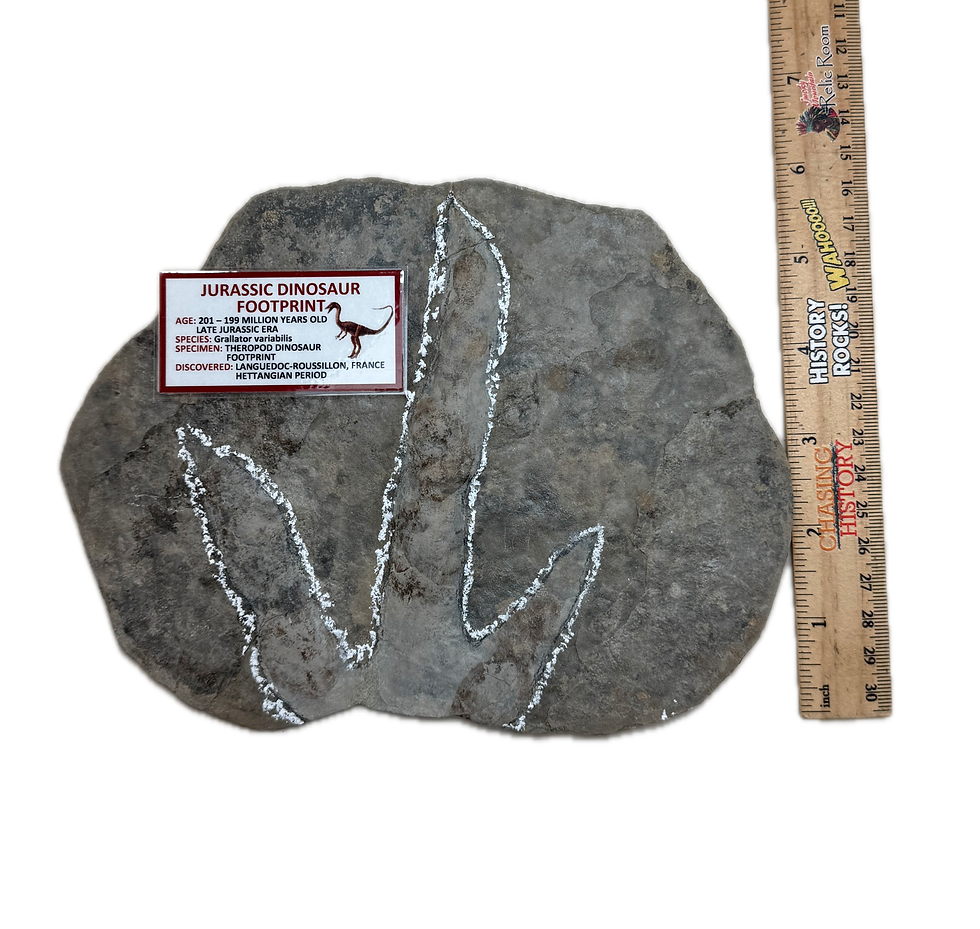STS-52, also known as Space Shuttle Columbia mission STS-52, was the 50th mission of NASA's Space Shuttle program and was launched on October 22, 1992. This mission was primarily dedicated to scientific research and carried a diverse payload, including the LAGEOS II satellite, the U.S. Microgravity Payload-1 (USMP-1), and the Canadian Space Agency's Microgravity Science Laboratory (MSL-1).
Historical Context:
Space Shuttle Program: The Space Shuttle program was initiated by NASA in the early 1970s and aimed to create a reusable spacecraft capable of carrying astronauts and payloads into low Earth orbit. Columbia, the first Space Shuttle orbiter, made its maiden flight in 1981. By the time of STS-52 in 1992, the Shuttle program had been operating for over a decade.
International Cooperation: NASA collaborated with international partners, including the Canadian Space Agency, on several Space Shuttle missions. STS-52 continued this tradition of international cooperation with the inclusion of the Canadian MSL-1.
Microgravity Research: During the 1990s, NASA's interest in microgravity research grew substantially. Experiments conducted in the Space Shuttle's payload bay offered unique conditions for studying the effects of microgravity on various scientific phenomena, such as fluid dynamics, materials science, and biological processes.
Crew of STS-52:
James D. Wetherbee (Commander): James Wetherbee was a U.S. Navy Captain and a seasoned astronaut with multiple Space Shuttle flights to his name. He later went on to command several more Shuttle missions.
Michael A. Baker (Pilot): Michael Baker was a U.S. Air Force Colonel and pilot with extensive experience. STS-52 was his first spaceflight.
Charles D. Gemar (Mission Specialist): Charles Gemar, a U.S. Army Colonel, was responsible for operating the remote manipulator system (RMS) during this mission. STS-52 was his second spaceflight.
William M. Shepherd (Mission Specialist): William Shepherd, a U.S. Navy Captain, played a vital role in the deployment of the LAGEOS II satellite. He would later become the first commander of the International Space Station (ISS).
Tamara E. Jernigan (Mission Specialist): Tamara Jernigan, a physicist, conducted experiments related to materials science and microgravity research during the mission. She would go on to have a successful career as an astronaut, flying on multiple Space Shuttle missions and visiting the Mir space station.
Steven A. MacLean (Payload Specialist): Steven MacLean, a Canadian astronaut, represented the Canadian Space Agency and was responsible for conducting experiments within the MSL-1. His work contributed to the advancement of microgravity research in Canada.
Mission Objectives:
The primary objectives of STS-52 were as follows:
Deploy the LAGEOS II satellite: LAGEOS II was a satellite designed to precisely measure the movement of Earth's tectonic plates and study Earth's gravitational field.
Conduct microgravity research: The USMP-1 and MSL-1 payloads featured experiments to study the behavior of materials, fluids, and biological organisms in microgravity, contributing to a better understanding of fundamental physical and biological processes.
Perform other experiments: The crew also conducted various other experiments and observations, including studies of Earth's atmosphere and the aurora borealis.
STS-52 was a successful mission that furthered our understanding of Earth's geophysical processes and the effects of microgravity on scientific phenomena. It demonstrated the versatility of the Space Shuttle in supporting a wide range of research objectives and international collaborations in space exploration.





















